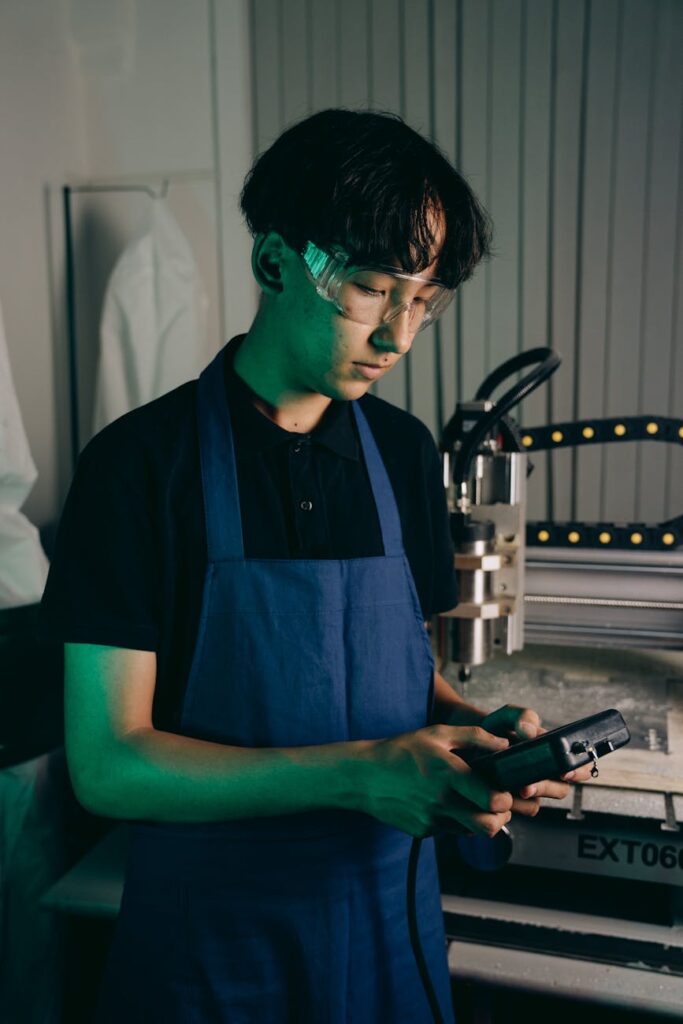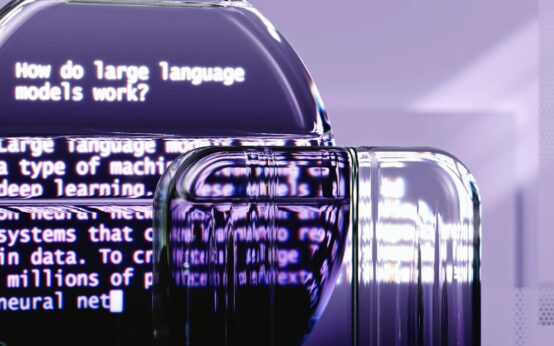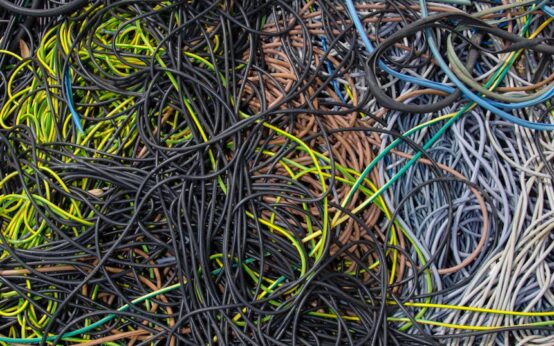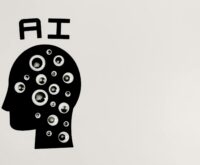Robotics and Automation: The Future of the Workforce
The whispers have become a roar. Robotics and automation are no longer a futuristic fantasy; they’re reshaping the very fabric of our workforce, right here, right now. From self-checkout kiosks at the grocery store to sophisticated AI-powered algorithms in finance, the integration of intelligent machines is transforming industries at an unprecedented pace. But what does this truly mean for the future of work, and how can we navigate this evolving landscape?
A Transformative Force
Let’s be clear – the impact of robotics and automation isn’t simply about robots replacing humans in factories. It’s a far more nuanced and complex shift. These technologies are augmenting human capabilities, streamlining processes, and creating entirely new avenues for innovation. Think of surgeons using robotic arms for precise minimally invasive procedures or architects leveraging AI to design more sustainable buildings. This is the power of collaboration between human ingenuity and technological advancement.

The Changing Landscape of Jobs
While some roles will undoubtedly be automated, this evolution also opens doors to a wealth of new opportunities. The demand for skilled professionals in fields like robotics engineering, AI development, data science, and cybersecurity is soaring. We’re also witnessing the emergence of entirely new job categories we couldn’t have imagined a decade ago – drone operators, automation ethicists, and even virtual reality experience designers.
- Emerging Roles: Robotics engineers, AI specialists, Data Scientists, UX/UI designers for automation interfaces.
- Evolving Roles: Technicians, Maintenance personnel, Data analysts, Customer service representatives embracing AI-powered tools.
Navigating the Challenges
This technological revolution presents its share of challenges. The potential for job displacement in certain sectors requires proactive measures. We need to invest in robust reskilling and upskilling initiatives to equip workers with the skills necessary to thrive in this new era. This includes fostering a culture of lifelong learning and providing accessible educational programs that focus on future-proof skills.
“The key is not to fear automation but to embrace it as an opportunity to enhance human potential. By investing in education and adapting to the changing demands of the workforce, we can ensure a prosperous future for all.” – Leading Expert in Automation
The Human Element
Amidst all the talk of robots and algorithms, it’s crucial to remember the enduring importance of the human element. Creativity, critical thinking, emotional intelligence, and complex problem-solving – these are skills that remain uniquely human and highly valued in the modern workplace. These are the qualities that will allow us to collaborate effectively with intelligent machines and drive innovation in the years to come.
The Future of Work: A Collaborative Ecosystem
The future of work isn’t about humans versus machines; it’s about humans with machines. It’s about building a collaborative ecosystem where human ingenuity and technological prowess work in harmony. By embracing change, investing in education, and fostering a mindset of continuous learning, we can navigate the challenges and harness the immense potential of robotics and automation to create a brighter and more productive future for all.
Embracing the Change
The future is unfolding before our eyes. Robotics and automation are not just changing jobs; they’re changing the way we work, live, and interact with the world. By embracing this transformation with foresight and proactive strategies, we can unlock a future where humans and machines work together to build a more innovative, efficient, and prosperous world.
Key Takeaways
- Embrace lifelong learning: Continuously update your skills to remain relevant in a rapidly evolving job market.
- Focus on uniquely human skills: Cultivate creativity, critical thinking, and emotional intelligence.
- View automation as an opportunity: Embrace the potential of technology to enhance human capabilities and create new possibilities.
The future of work is not predetermined; it’s something we create together. Let’s embrace the change and build a future where technology empowers us all.



 Software is Eating the World: A Deep Dive Analysis
Software is Eating the World: A Deep Dive Analysis  How Tech is Revolutionizing Disaster Response
How Tech is Revolutionizing Disaster Response  Geo-engineering Guide: Can We Really Hack the Planet?
Geo-engineering Guide: Can We Really Hack the Planet?  AI and the Future of Search Engines: What’s Next?
AI and the Future of Search Engines: What’s Next?  How Technology is Changing Sports: A New Era
How Technology is Changing Sports: A New Era  The Tech Behind High-Frequency Trading Explained (2024)
The Tech Behind High-Frequency Trading Explained (2024)  Crypto’s Carbon Footprint: The Real, Nuanced Story
Crypto’s Carbon Footprint: The Real, Nuanced Story  Join a Web3 Community: The Ultimate Networking Guide
Join a Web3 Community: The Ultimate Networking Guide  What Are AMMs? Automated Market Makers Explained Simply
What Are AMMs? Automated Market Makers Explained Simply  NFT Legal Questions Answered: A Simple Guide
NFT Legal Questions Answered: A Simple Guide  Build a Balanced Cryptocurrency Portfolio: A 2024 Guide
Build a Balanced Cryptocurrency Portfolio: A 2024 Guide  Reading Smart Contract Audits: A Beginner’s Guide
Reading Smart Contract Audits: A Beginner’s Guide